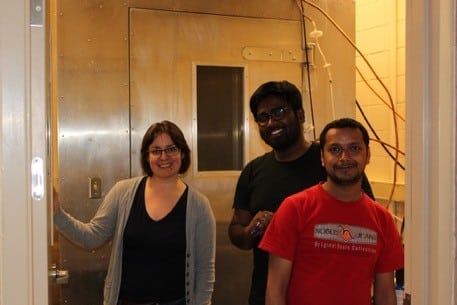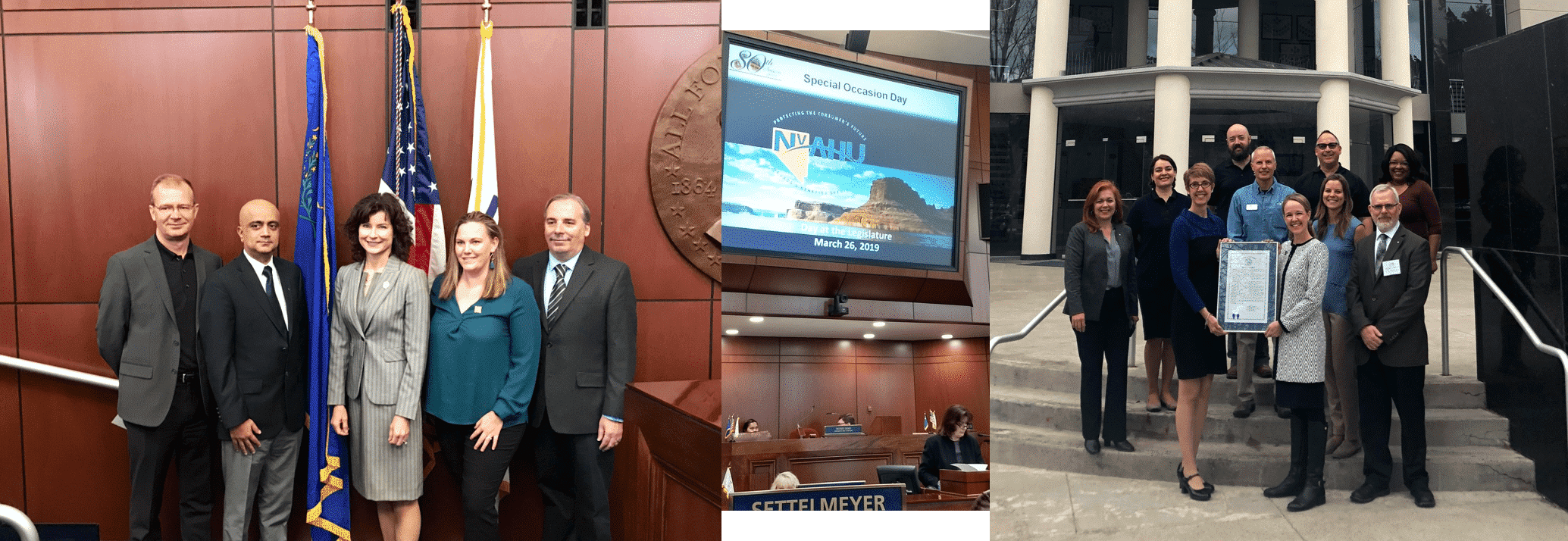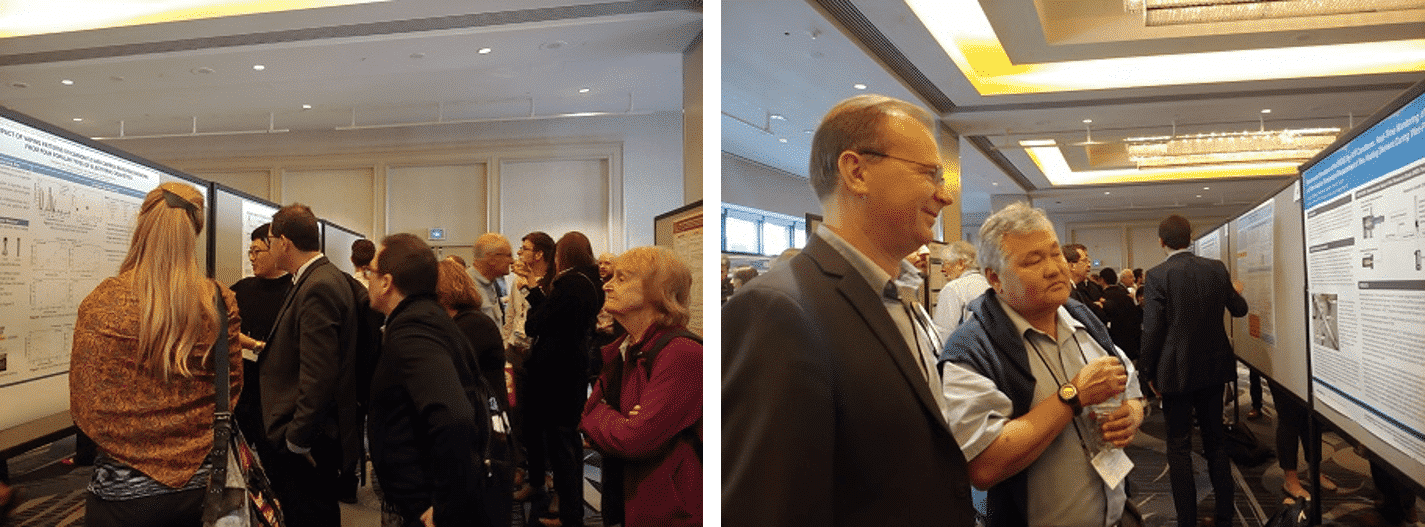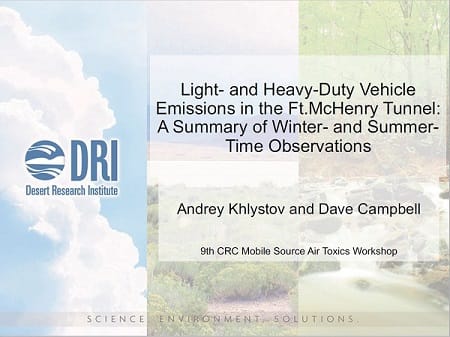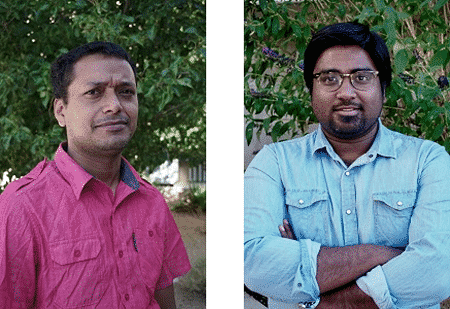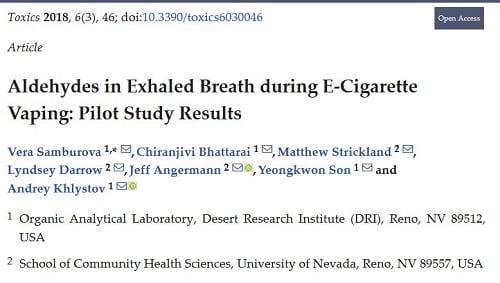Vera Samburova and the Organic Analytical Laboratory team have received the 2020 Best Paper Award from the journal “Toxics”! The paper, “Aldehydes in Exhaled Breath during E-Cigarette Vaping: Pilot Study Results”, showed that significant amounts of cancer-causing...
OAL team works on analysis of biomass-burning emissions
Emissions from wildland fires and biomass fuel use contribute to regional air pollution events, global scale radiative forcing and climate change, and cause severe health effects. However, the role of organic compounds in these processes is still largely unknown and...
OAL team at the 80th Nevada State Legislature!
Drs. Andrey Khlystov and Vera Samburova participated in the DRI Day at the NV Legislature today. They met with Senator Heidi Gansert, Assemblywomen Heidi Ann Swank and Lisa Krasner, and educated many members of NV State Legislature on dangers of flavoring compounds in...
OAL team attends SRNT Annual Meeting, February 20-23, 2019
The Organic Analytical Lab was well represented at the Society for Research on Nicotine and Tobacco 2019 Annual Meeting in San Francisco. Drs. Andrey Khlystov, Vera Samburova and Yeongkwon Son attended the meeting and Yeong presented three (!!!) posters. Please visit...
OAL paper is among AS&T Top Ten most downloaded!
Our paper "Physical and chemical characterization of aerosol in fresh and aged emissions from open combustion of biomass fuels", Aerosol Science and Technology, vol 52, No 11, by Bhattarai C. et al., senior author A. Khlystov,...
OAL Director at the Coordinating Research Council Workshop
February 4-6, 2019 - Dr. Andrey Khlystov presented results of the HEI-sponsored study at the 9th CRC Mobile Source Air Toxics Workshop in Sacramento.
New Teaching Assistants at UNR Physics: Chiranjivi and Deep
OAL graduate students, Deep Sengupta and Chiranjivi Bhattarai have been selected to become Teaching Assistants in UNR Physics for Scientists and Engineers courses! Deep is a TA for three different groups taking course PHYS 181L; Chiranjivi is a TA in PHYS 180L and...
OAL members present at the NPHA annual meeting
OAL scientists Drs. Vera Samburova and Yeongkwon Son attended the 2018 Nevada Public Health Association annual conference in Las Vegas. They gave presentations on potential hazards of e-cigarette use to the broad audience of health care providers, clinicians,...
Our publication highlighted in the DRI press release!
The recent OAL publication "Aldehydes in Exhaled Breath during E-cigarette Vaping: Pilot Study Results" in the open access journal Toxics is highlighted in the DRI news release! Please read the full story here.
OAL Director gives a keynote speech at the ICAST, September 14-15, 2018
Dr. Andrey Khlystov was invited to give a keynote speech at the 25th International Conference on Aerosol Science and Technology (ICAST) in Tainan, Taiwan. His presentation "Light-absorbing organic carbon in biomass burning aerosols, its properties and transformation"...

